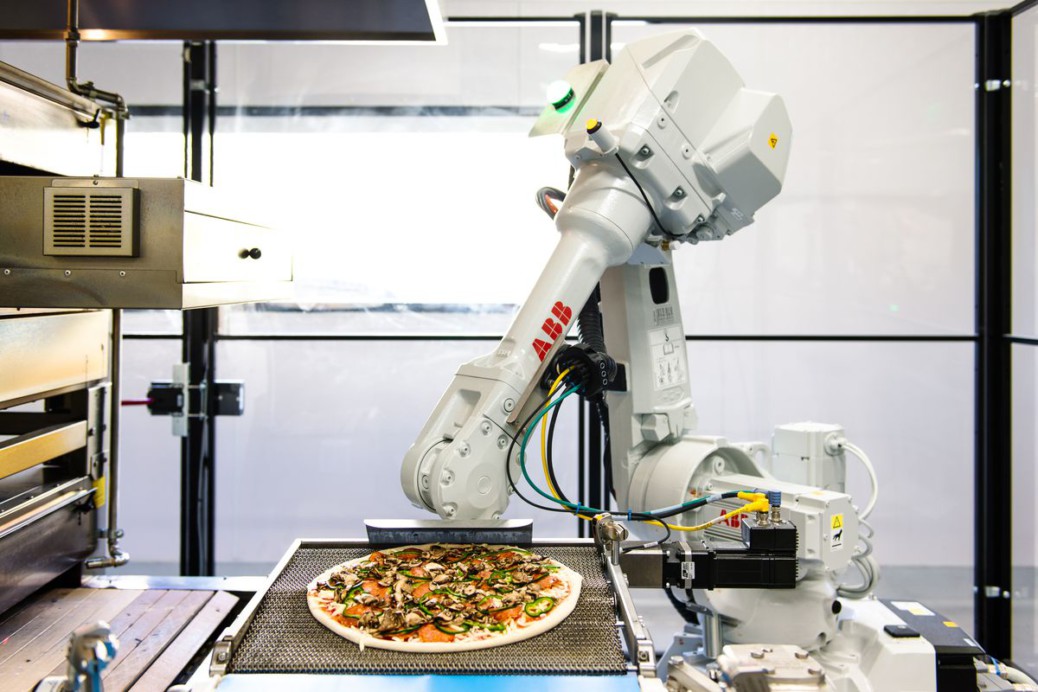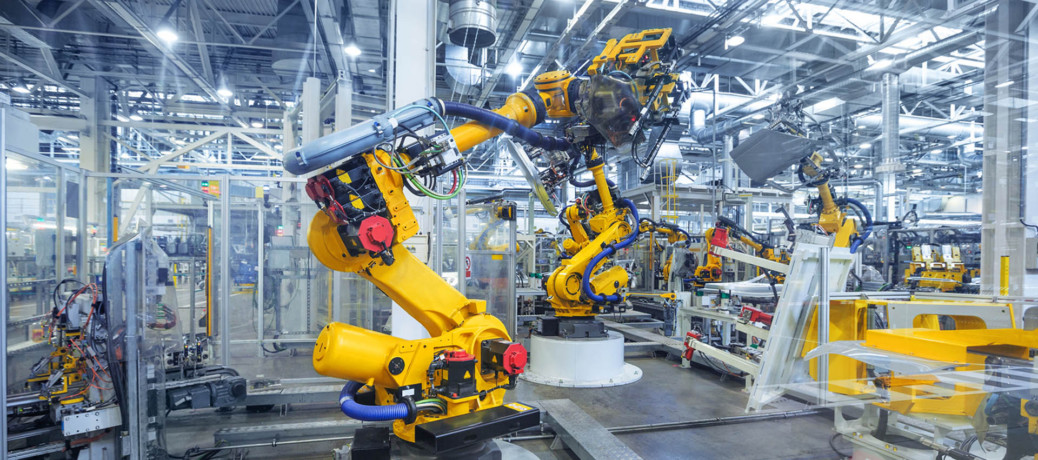The best account of the menace of technological unemployment that I have seen yet is a Futurism article by Scott Santens. Santens ably demonstrates that automation and robots are causing increasing unemployment, income inequality, and social upheaval right here, right now.
Santens’ argument is compelling and frightening because he crunches a lot of real numbers. He begins with a couple of statistics about oil and gas drilling; back in 2015 nearly 700 Americans were employed on around 195 drilling rigs. Today, only 177.4 Americans are employed on around 192 rigs.
What happened? Automation in the form of robots called “iron roughnecks” that can do most of the stuff human oil workers used to do. Santens estimated that with the robots; a crew of five can now do what it took 20 men to accomplish, just two years ago. He’s rightly scared, because the loss of more than two thirds of the job loss on oil rigs occurred in just two years.
Santens blames the epic collapse in oil prices over the past two years, which forced the oil industry to get real efficient, real fast. Now he’s afraid that the same thing is about to happen across our entire economy.
Proof the Technological Jobs Apocalypse will Get Worse
Disturbingly, Santens provides tons of data to prove that the technological jobs apocalypse is real and may soon get far worse. Some of the important points he makes include:
-
Technological unemployment is driving income inequality. Most people that lose jobs to machines find new work that requires less skill and pays less. The skilled welder replaced by the robot finds a new job at the factory behind a broom, for example.
-
Most of the jobs being killed by technology are medium-skilled manufacturing positions. The people who formerly worked in those jobs find new employment in low-skill and lower-paying service positions.
-
“Long story short, the middle of the labor market is disappearing,” Santens wrote. He envisions a new labor market in which only the highly-skilled and the low-skilled find work.
-
Every new industrial robot replaced 5.6 workers, a 2017 study by Daron Acemoglu of MIT and Pascual Restrepo of Boson University found.
-
Each industrial robot added reduced the percentage of the population that was employed by .34%, the same study indicates.
-
To make matters worse, each robot reduced wages for the entire population by .5%, the study indicates.
-
“Interestingly, and perhaps surprisingly, we do not find positive and offsetting employment gains in any occupation or education groups,” Restrepo and Acemoglu wrote. “In other words, the jobs were not replaced with new jobs,” Santens added.
-
The number of industrial robots is expected to quadruple to seven robots per 1,000 workers by 2025.
-
Restrepo estimated that around 3.4 million jobs will be lost to industrial robots between now and 2025.
-
Wage growth will shrink by 2.6% between 2017 and 2025 because of industrial robots.
-
Only one out of four Americans knew that technological job loss was occurring, a June 2017 Pew Research Center Poll indicates. To make matters worse, only 35% of Americans realize that U.S. manufacturing output has actually increased dramatically in recent years.
-
Automation hits rural areas harder than the big city. The Daily Yonder estimated that 80% of the jobs created in 2016 were in America’s 51 largest cities.
-
America’s metro areas gained 1.2 million jobs in 2016. Rural areas lost 90,000 jobs in 2016.
-
One reason for this might be that jobs rural areas such as mining, lumber, agriculture, and oil drilling are easier to automate. Another is that the companies in those industries tend to be smaller and poorer, so they have greater incentives to increase efficiency and cut costs with machines.
-
“Wages, salaries, and benefits are all just overhead that can be eliminated by use of machines,” Santens wrote.
-
Technological unemployment will accelerate if there is another recession.
-
“Expect the next recession to put over 10 million of people out of work, and for the economy to realize they didn’t really need those people as workers after all to produce what was being produced,” Santens predicted. He predicted that the number of employed people between 25 and 54 will fall by 10% from 79% to 69% during the next economic downturn.
-
Around 440,000 jobs in oil and gas drilling disappeared worldwide in the last two years.
-
About 220,000 or half the oil and gas drilling jobs lost in the oil-industry downturn will never come back.
Santens’ thesis is that employers will respond to the next recession by replacing people with cheaper and more efficient machines particularly robots. If that happens the jobs will not come back, and neither will the salaries. He cites the situation in oil-rigs where 220,000 jobs have been lost to automation worldwide in the last two years to support the argument.
Everybody who is concerned about our future and social stability should read Santens’ article. The case he makes is compelling, and the evidence shows the problem is real. Hopefully, we’ll start doing something about technological unemployment before our cities burn.











